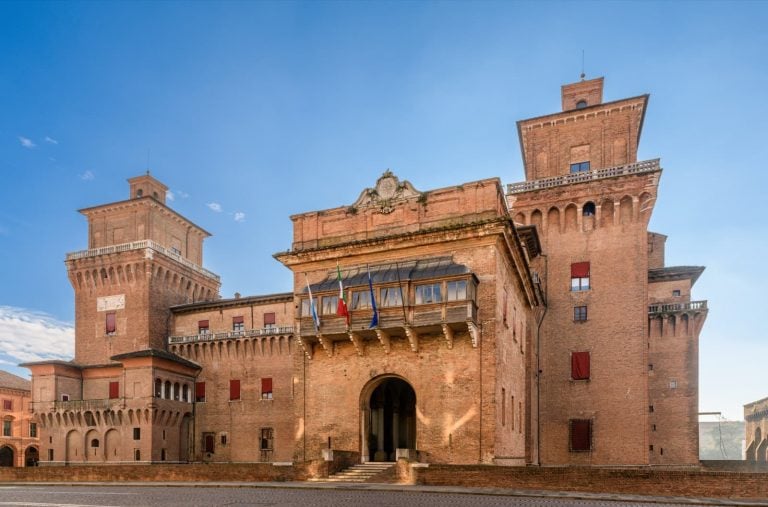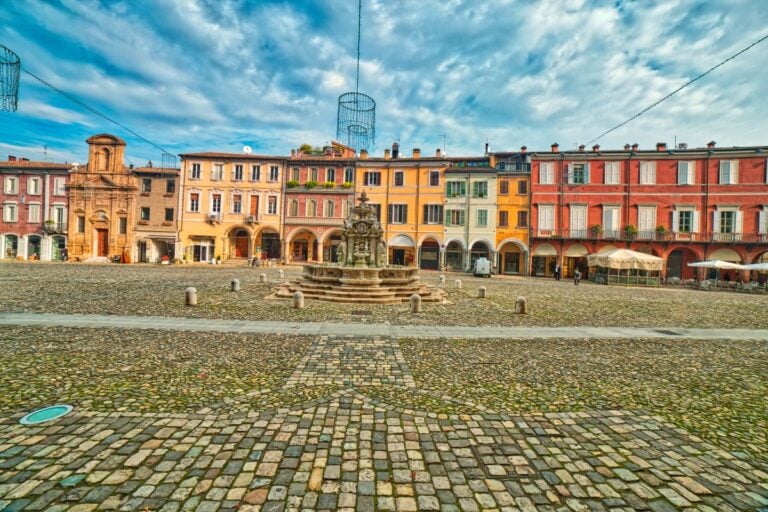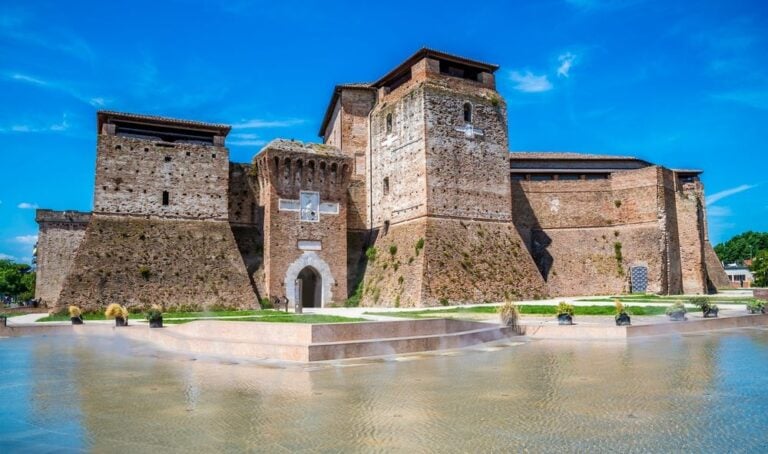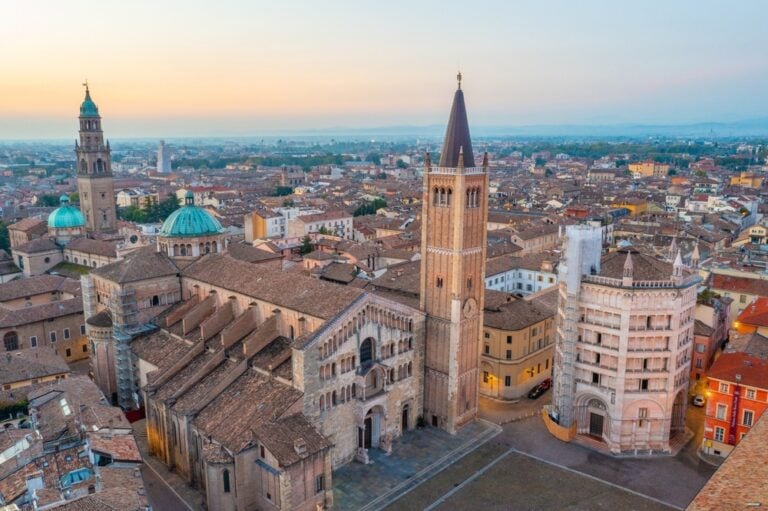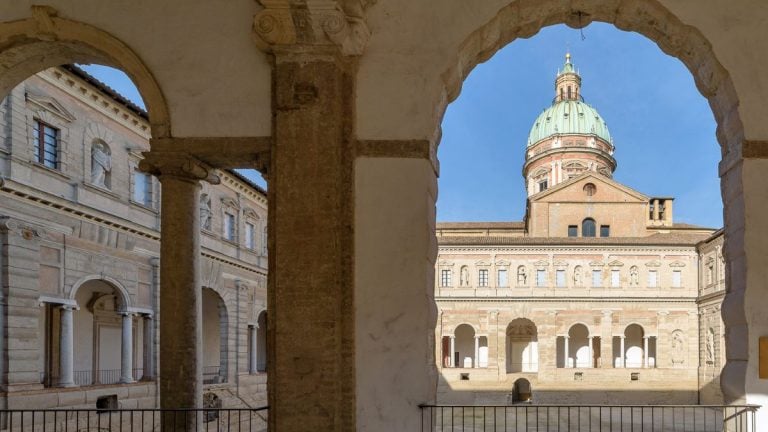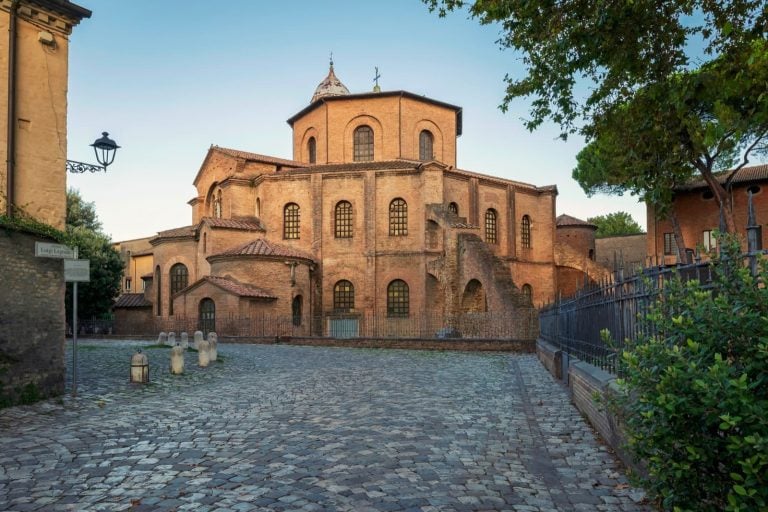For the Romans it was Forum Livii; to its inhabitants, it is known as the Zitadon (the ‘big city’). For everyone else it is simply Forlì, a quiet but lively city located on the Via Emilia, halfway between the Apennines and the sea.
Our column on Emilia Romagna in 10 stops today lands here, in the city considered to be the capital of the Romagnolo dialect, which we will discover on a walking tour of the city centre.
Amidst students rushing to get to classes on time (Forlì is also a university town), we will wander its streets in search of a Romanesque and Renaissance past, and then up to the more recent rationalist period, still fully recognisable all over the city.
1. Musei di San Domenico
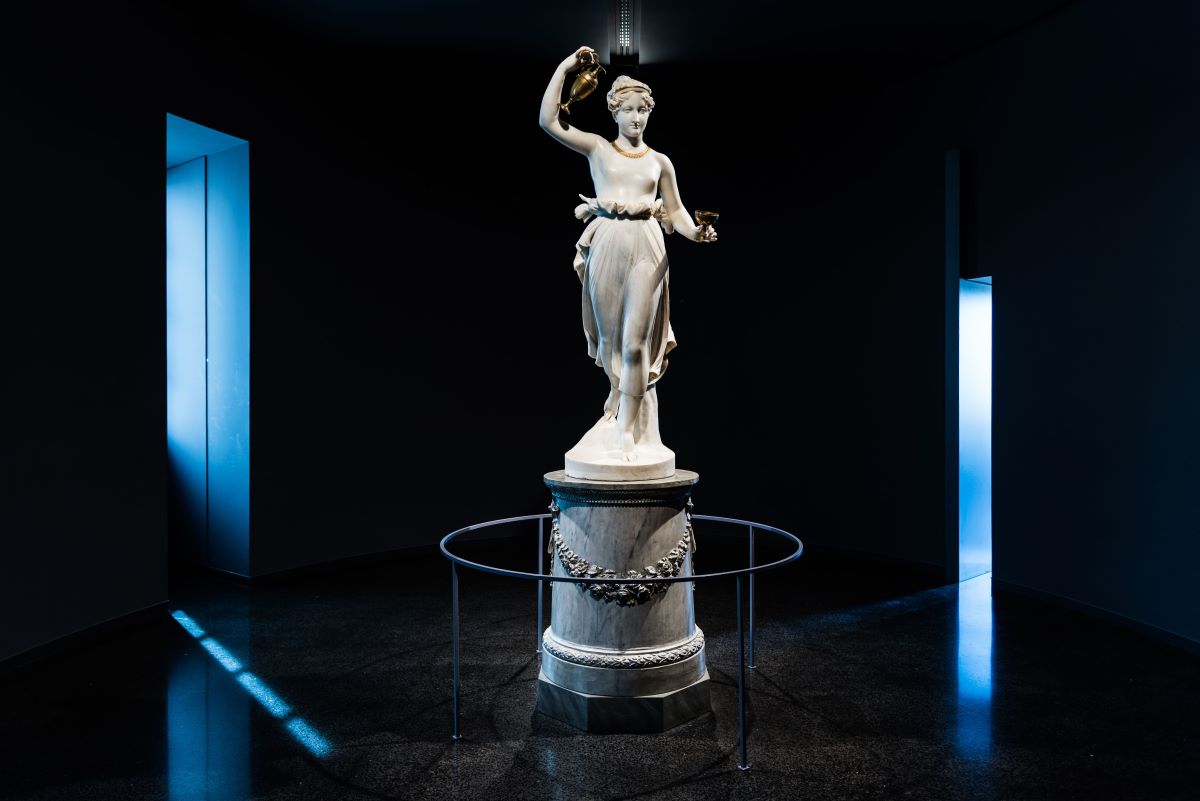
Everyone knows them because of the popular exhibitions organised in their premises, but the San Domenico Museums do not only host temporary exhibitions.
Founded in the 13th century as a convent of the Dominican friars, this important cultural institution is also home to the Forlì Civic Art Gallery and an unmissable stop on our tour of the city. In its rooms we can find some interesting artworks, both local and from outside the region, dating from the Middle Ages to Neoclassicism. Some of the authors you shouldn’t miss include Beato Angelico, the Forlì artist Marco Palmezzano, and the very famous Antonio Canova, here with his elegant and delicate depiction of Hebe, cupbearer of the gods.
2. Palazzo Romagnoli
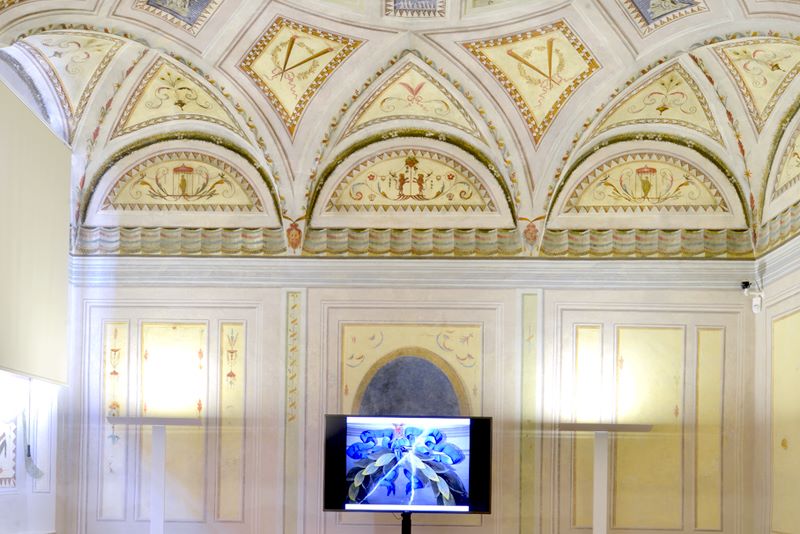
Speaking of must-see art collections in Forlì, we cannot fail to mention the 20th-century Civic Collections, housed in the splendid Palazzo Romagnoli, a few steps away from the San Domenico Museums.
The private residence of prefect Lorenzo Romagnoli, publicly owned since 1965, now opens its doors to anyone wishing to admire its frescoes – evidence of the transition from Baroque to Neoclassicism – and visit the extraordinary collection of 20-century works in the Verzocchi Collection.
An entrepreneur from Forlì, between 1949 and 1950 Verzocchi asked a group of Italian artists to create a painting on the subject of work, with the aim of connecting the worlds of business and art. The painters who answered his call included big names such as Guttuso, De Chirico, Carrà and Vedova, whose works are now part of the seventy paintings on display at Palazzo Romagnoli.
Located on the ground floor, Verzocchi’s is not the only attraction in the palace though. Going up to the first floor we can find some engravings and oil paintings by Giorgio Morandi, a group of sculptures by the artist Adolfo Wildt, and finally a collection of paintings and other 20-century works by Forlì artists.
3. Cattedrale della Santa Croce
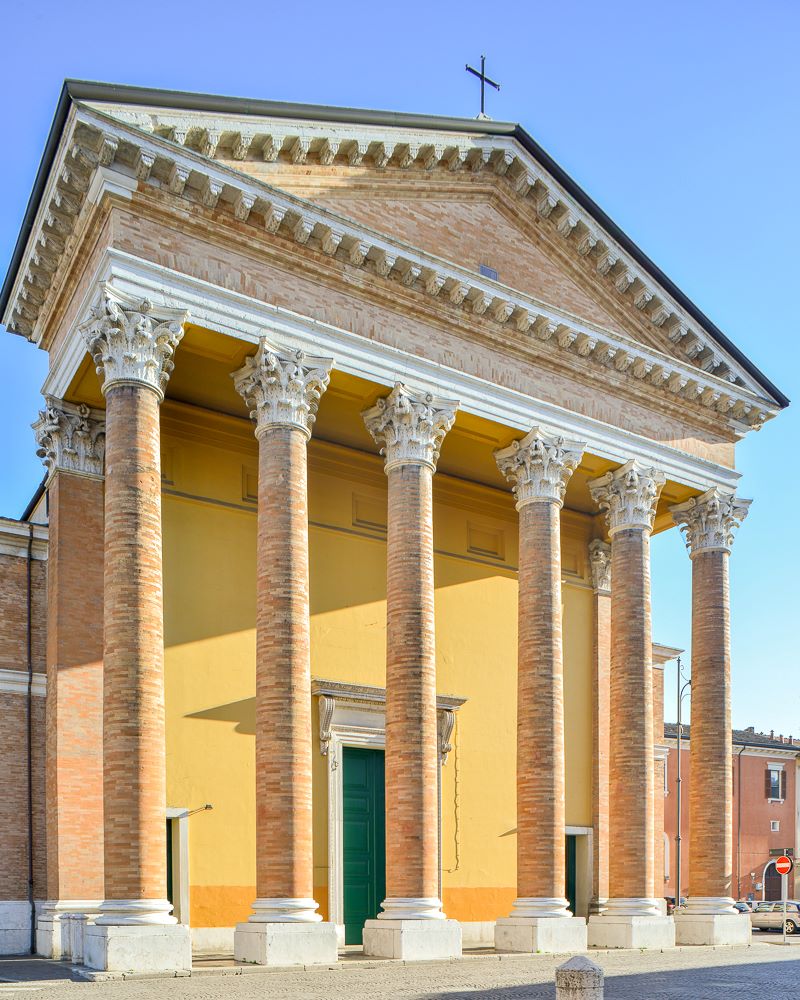
The history of the Cathedral of Forlì is closely linked to the image, or rather the woodcut, of the Madonna del Fuoco, patron saint of the city and protagonist of a miracle. Tradition has it that in 1428 a fire broke out in the school next to the cathedral, and the only shred of wall left standing was the one bearing the image of the Madonna venerated in the school itself, later called the Madonna of Fire.
The prodigious image was then immediately taken to the cathedral, where there’s still a chapel dedicated to her. Built in the 17th century, the chapel of the Madonna del Fuoco has survived the subsequent alterations that have affected Forlì Cathedral over the centuries (together with that of the Holy Sacrament) and that have given it its current neoclassical appearance, the work of architect Giulio Zambianchi (1841). Here we can admire the fresco on the dome by Carlo Cignani, depicting the Assumption of the Virgin into Heaven.
4. Abbazia di San Mercuriale

One of the city’s landmarks, the Abbey of San Mercuriale (Forlì’s first bishop) rises majestically over Piazza Saffi. The church we see today is the result of major alterations in the early 20th century, but its original layout dates back to the 12th century.
The brick façade instantly strikes you with its bright colours – it is no coincidence that it is called ‘Forlì red’ – against which the light marble of the portal stands out. Once near the entrance, pause to admire the high relief in the lunette. This is the “Dream and Adoration of the Magi” attributed to the Master of the Months of Ferrara, known for his sculptures made for the cathedral of the Este city, and believed to be the first sculpted representation of the nativity scene.
Standing over 70 metres high, the abbey bell tower dominates the square. If you observe it carefully, you will notice a resemblance to one of Italy’s most famous bell towers, that of St Mark’s in Venice. And it’s interesting to note that, in a game of cross-references, when the Venetian bell tower collapsed in 1902, it was precisely the Forlì ‘little brother’ that inspired its reconstruction. On specific dates, you can also climb to the tower top to see the city from above (please check the timetable on the website before getting there).
Once inside the abbey, you will find various works by Palmezzano, including the Altarpiece of the Immaculate Conception set in the left aisle.
5. Piazza Aurelio Saffi
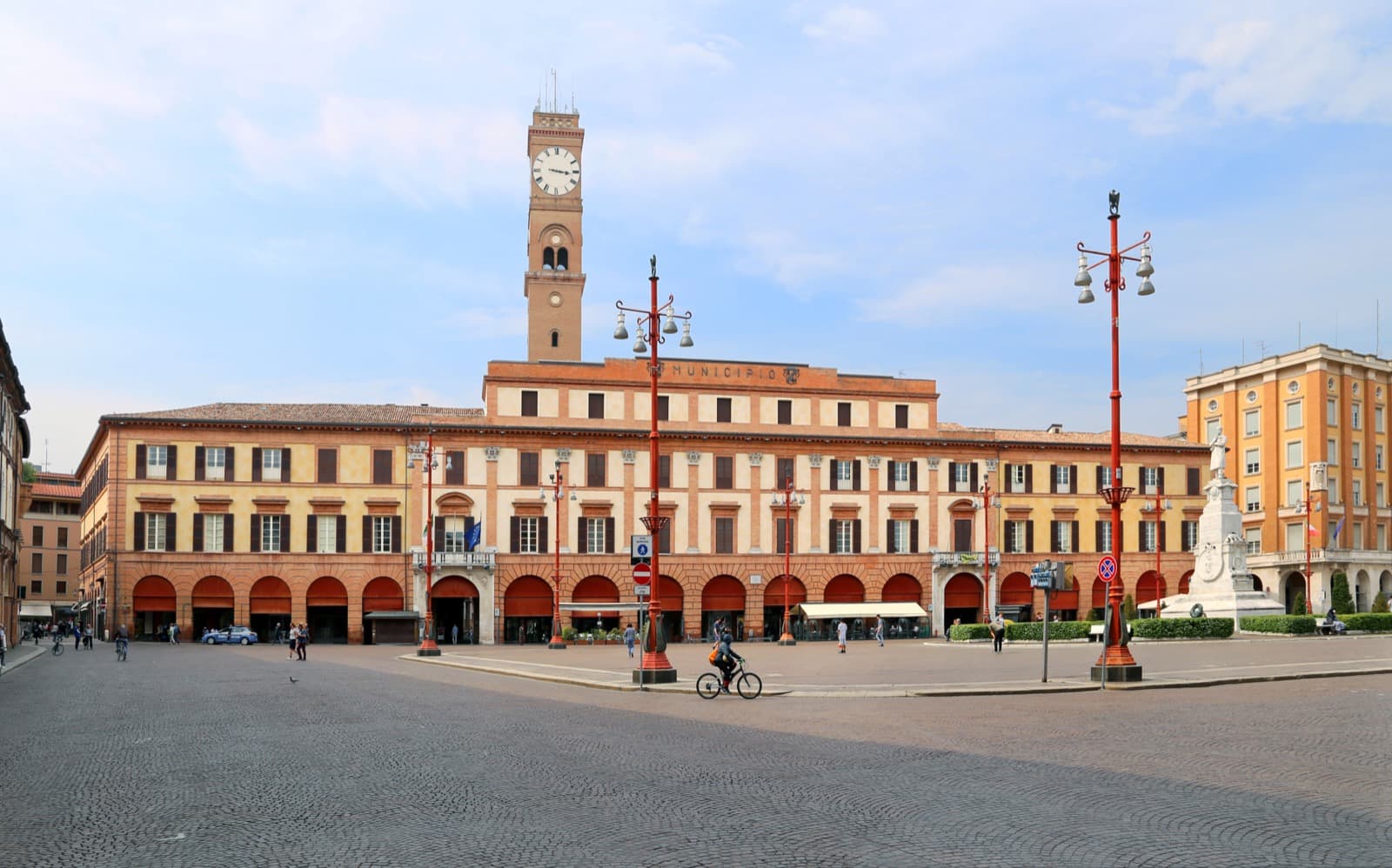
Let’s stay on Piazza Saffi to explore one of the largest squares in Italy. We are in the heart of Forlì’s social, political and religious life, where the city’s four main avenues converge. This is where the weekly market takes place, as well as numerous events, concerts, and shows of various kinds.
Looking at the buildings facing the square, we can see the Palazzo Comunale (Town Hall) and the Torre Civica (Civic Tower), formerly the home of the Ordelaffi family, lords of Forlì from the 13th to the 16th century; the Palazzo del Podestà and the Palazzo Albertini, both from the Renaissance period, which stand on the south side, and finally the more recent Palazzo delle Poste (Post Office Building) to the north, which we will describe shortly.
A statue of Aurelio Saffi stands in the middle of the square.
6. Palazzo delle Poste and Rationalist Quarter
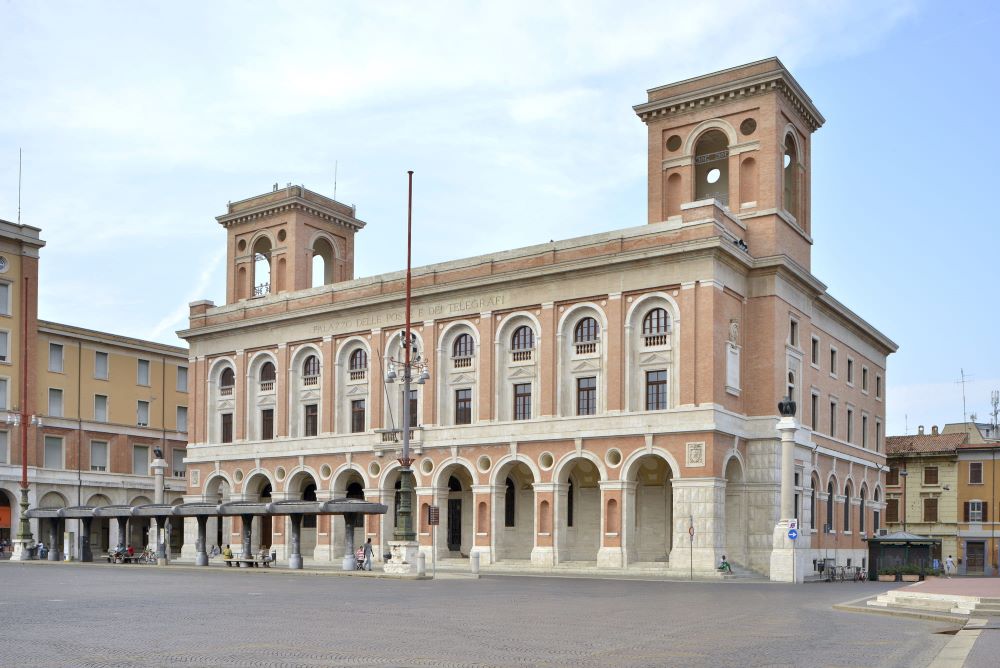
The Palazzo delle Poste, overlooking Piazza Saffi, is a clear example of the style that revolutionised the face of the city between the 1920s and 1930s. Inspired by the architecture of ancient Rome and the Renaissance, Rationalism left various traces in the centre of Forlì, to the point that people calls it the “Rationalist Quarter”, comprised between Viale della Stazione, Piazzale della Vittoria and Piazza Saffi itself.
The architects Cesare Valli and Cesare Bazzani were the protagonists of this modernist turning point; to the latter we owe the Monument to the Fallen in Piazzale della Vittoria, a 32-metre column surmounted by three bronze statues depicting the goddess of Victory. Bazzani also designed the Palazzo delle Poste, built between 1931 and 1932 on the city’s main square, following the demolition of pre-existing buildings. Rectangular in plan, the building is porticoed and features a façade divided into two parts by a double row of round arches.
Other examples of rationalist architecture in the city include the Ex Gil and the Ex Collegio Aeronautico, decorated with Angelo Canevari’s Flight Mosaics, both by architect Valle and on Viale della Libertà.
7. Palazzo del Merenda
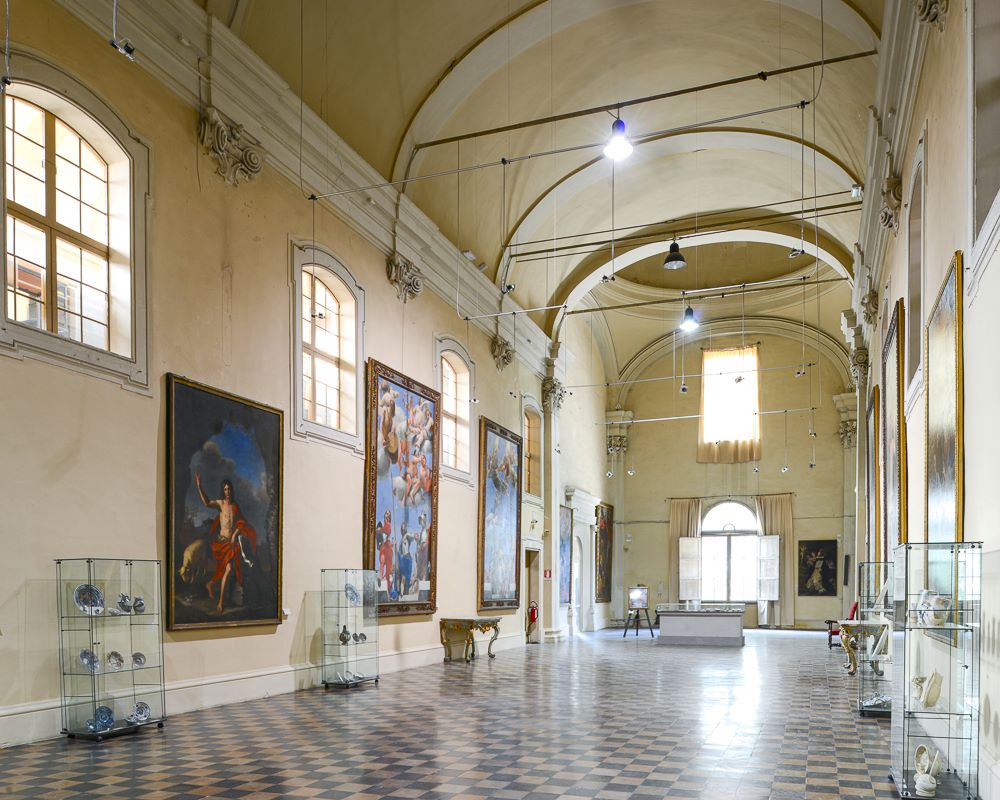
Let us now head towards Palazzo Merenda for another art stop. Designed by the architect of the same name, this fascinating 18th century building originally served as the Ospedale degli Infermi hospital.
As it often happens throughout history, its use has changed over time: it was first enlarged to house an orphanage, then turned into the seat of important cultural institutions such as the library and the civic art gallery. The latter is now located inside the San Domenico Museums, but a group of works dating from the 16th to the 18th century still remain in the palace.
In the central hall, called ‘di Ebe’ because it once housed the famous work by Canova, one can admire large canvases by artists such as Guercino, Cagnacci and Cignani, while the Piancastelli picture gallery is dedicated to 16th-century painters from Romagna.
The palace is currently closed for works; before visiting, we recommend checking the website.
8. Rocca di Ravaldino
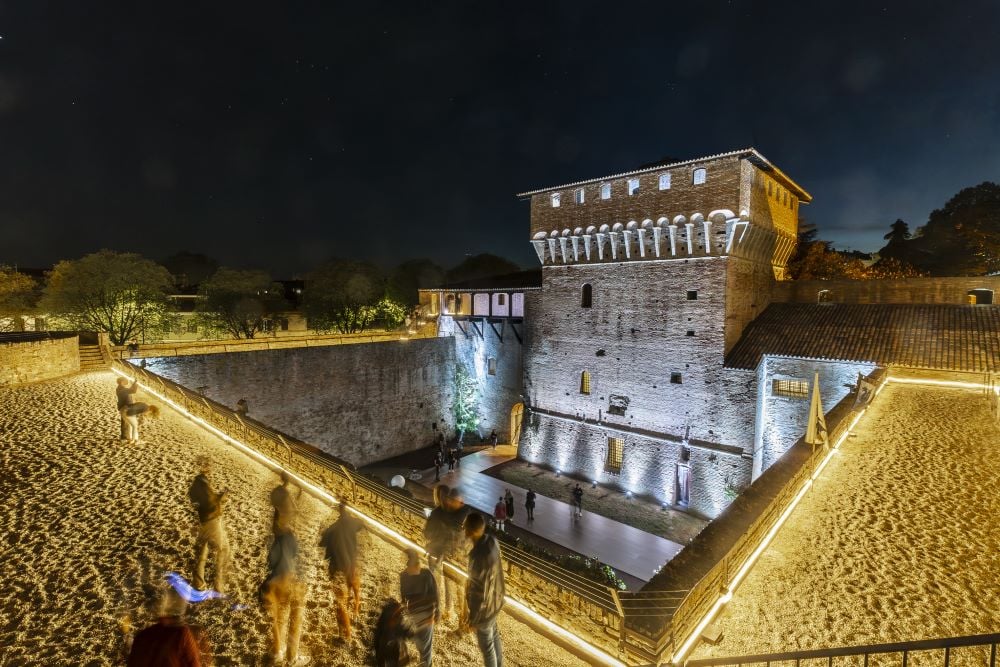
Fortresses are one of the distinctive features of the urban landscape in Romagna, built in the Middle Ages for defensive purposes. But the one in Forlì was not only a bulwark for the city: for some years, one of Romagna’s best-loved female characters, the legendary Caterina Sforza, lived within its walls.
Built in 1471 by order of Pino III Ordelaffi, the Ravaldino Fortress was part of a larger defensive system of the city, now almost entirely lost. The fortress was later extended by Girolamo Riario, lord of Forlì and Caterina Sforza’s husband. After his death in 1488 following a conspiracy, Caterina further expanded the structure by commissioning a residential palace, known as ‘il Paradiso’ (Paradise), which later became her residence.
From here, the Lioness of Romagna strenuously defended the city from outside attacks, but she finally had to give in to the siege of Cesare Borgia, who succeeded in conquering the fortress in 1500 and delivered Forlì into the hands of the Papal State. It later became the seat of the city prison.
Equipped with four corner towers and an imposing donjon, the fortress was reopened to the public in 2024 and today hosts a series of summer events.
9. Parco Urbano Franco Agosto

The Rocca di Ravaldino fortress is located in the outskirts of the city centre. Let’s now continue with a short walk towards the suburbs to visit our next stop, the Franco Agosto Urban Park. The most popular green area for the people of Forlì is indeed very large – its surface covers 26 hectares – and full of opportunities to spend some time in the open air.
Bordered by the Montone river, the park offers many options for a drink or a bite, as well as play areas for children and a sports centre equipped with five-a-side football, basketball, beach volleyball and volleyball courts. A peculiarity of the Forlì park is the presence of an area where rabbits can roam freely in the greenery.
10. Street Art in Forlì
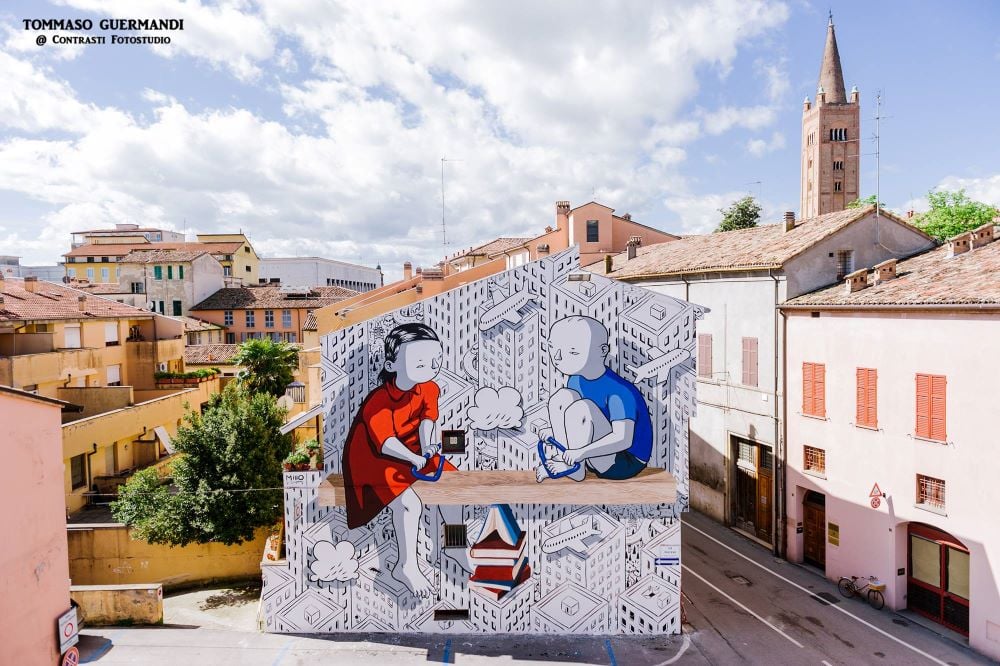
Our last stop is a small tour within our tour, searching for street art works that can be seen in Forlì’s centre. The first examples of murals appeared in the city back in 1976, when two Chilean exiles, Alejandro Rodriguez and Christian Olivares Thomsen, painted their works near the stadium.
Several street art works later appeared in the city centre (as well as in the suburbs) as part of the Murali Festival, between 2016 and 2019. Today, there are two areas with the highest concentration of murals: the former is near the San Domenico Museums, which houses one of the first works produced during the festival, ‘Melodies of Dream and Reality’ by Gomez, and a mural by Eron. The latter is located near Piazza Saffi, where we can see the work of important street artists such as Millo and Zed1.
Author
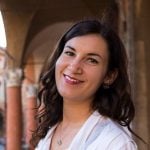
Maria Grazia Masotti
An eternal dreamer, but I try to stay grounded. I was raised in the countryside but I love big cities. I’m always ready for a trip, as long as it’s sustainable.
You may also like
Ferrara on foot, what to see in a 10-stage tour
by Elisa Mazzini /// October 17, 2024
Cesena on foot, what to see in a 10-stage tour
by Maria Grazia Masotti /// July 8, 2025
Rimini on foot, what to see in a 10-stage tour
by Maria Grazia Masotti /// February 21, 2025

Interested in our newsletter?
Every first of the month, an email (in Italian) with selected contents and upcoming events.
Parma on foot, what to see in a 10-stage tour
by Maria Grazia Masotti /// March 5, 2025
Reggio Emilia on foot, what to see in a 10-stage tour
by Maria Grazia Masotti /// January 8, 2025
